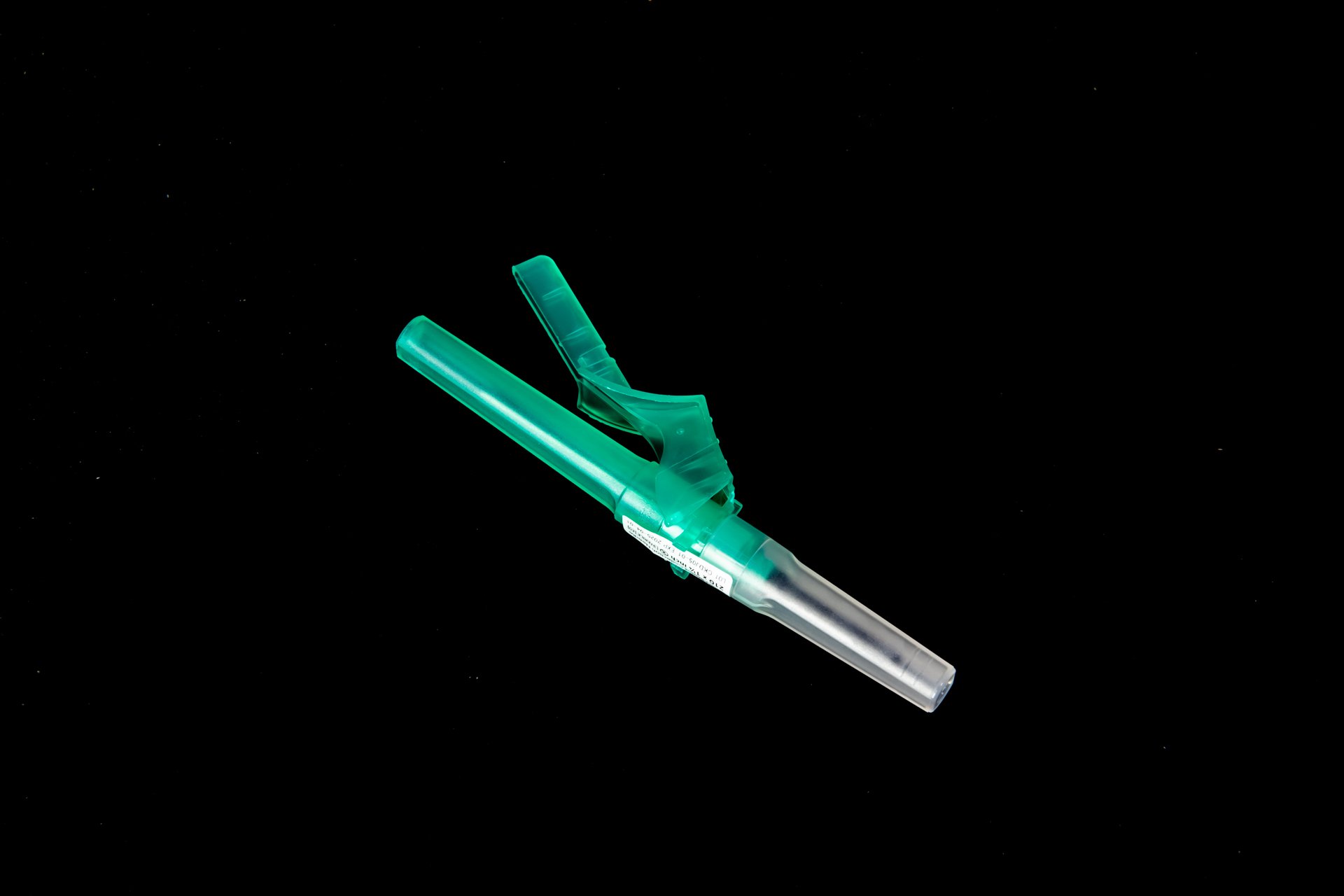Different Blood Collection Methods
Capillary blood collection is a common medical procedure used to obtain small blood samples for various tests and diagnostics. It is a relatively simple and minimally invasive method that can be performed quickly and easily on patients of all ages. In this article, we will explore the different capillary blood collection methods used in healthcare settings.
Fingerstick Method
The fingerstick method is one of the most common capillary blood collection techniques used in healthcare. It involves pricking the patient's finger with a lancet to obtain a small drop of blood for testing purposes. This method is typically used for blood glucose monitoring and other point-of-care tests.
When performing a fingerstick, it is important to follow proper technique to ensure a successful blood draw and minimize the risk of infection. Healthcare professionals should cleanse the patient's finger with an alcohol swab before pricking it with a lancet. The first drop of blood should be wiped away, as it may contain tissue fluid that could affect test results.
Advantages of the Fingerstick Method:
- Quick and easy to perform
- Requires minimal equipment
- Can be done at the point of care
Overall, the fingerstick method is a convenient and efficient way to collect capillary blood samples for testing.
Heelstick Method
The heelstick method is commonly used to collect capillary blood samples from infants and young children. It involves pricking the baby's heel with a lancet to obtain a small drop of blood for testing purposes. The heelstick method is often used for newborn screening tests and other diagnostic procedures.
When performing a heelstick, it is important to select the proper lancet size based on the thickness of the baby's heel. The healthcare professional should cleanse the baby's heel with an alcohol swab before pricking it with the lancet. Gentle pressure should be applied to the heel to encourage blood flow and ensure an adequate sample is obtained.
Advantages of the Heelstick Method:
- Effective for collecting blood samples from infants
- Minimally invasive and well-tolerated by children
- Can be done quickly and easily
The heelstick method is a reliable and safe way to collect capillary blood samples from young patients for diagnostic testing.
Earlobe Method
The earlobe method is less commonly used than the fingerstick and heelstick methods but can be an effective way to collect capillary blood samples in certain situations. This method involves pricking the patient's earlobe with a lancet to obtain a small drop of blood for testing purposes.
When performing an earlobe blood draw, it is important to select the proper lancet size and cleanse the earlobe with an alcohol swab before pricking it. Gentle pressure should be applied to the earlobe to encourage blood flow and ensure an adequate sample is obtained for testing.
Advantages of the Earlobe Method:
- Alternative option for patients with difficult veins
- Can be less painful than other methods
- May be used in situations where finger or heel sticks are not feasible
The earlobe method can be a useful alternative for collecting capillary blood samples in certain medical situations.
Conclusion
Capillary blood collection methods such as the fingerstick, heelstick, and earlobe methods are important techniques used in healthcare settings to obtain small blood samples for testing and diagnostics. These methods are quick, minimally invasive, and well-tolerated by patients of all ages. By following proper technique and protocols, healthcare professionals can ensure a successful blood draw and accurate test results.
For more information on capillary blood collection methods, please visit here.
To learn more about capillary blood sampling techniques, check out this resource.
For tips on performing capillary blood collections in healthcare settings, visit this website.
Disclaimer: The content provided on this blog is for informational purposes only, reflecting the personal opinions and insights of the author(s) on phlebotomy practices and healthcare. While we strive to share accurate and up-to-date information, we cannot guarantee the completeness, reliability, or accuracy of the content. The blog may also include links to external websites and resources for the convenience of our readers. Please note that linking to other sites does not imply endorsement of their content, practices, or services by us. Readers should use their discretion and judgment while exploring any external links and resources mentioned on this blog.



